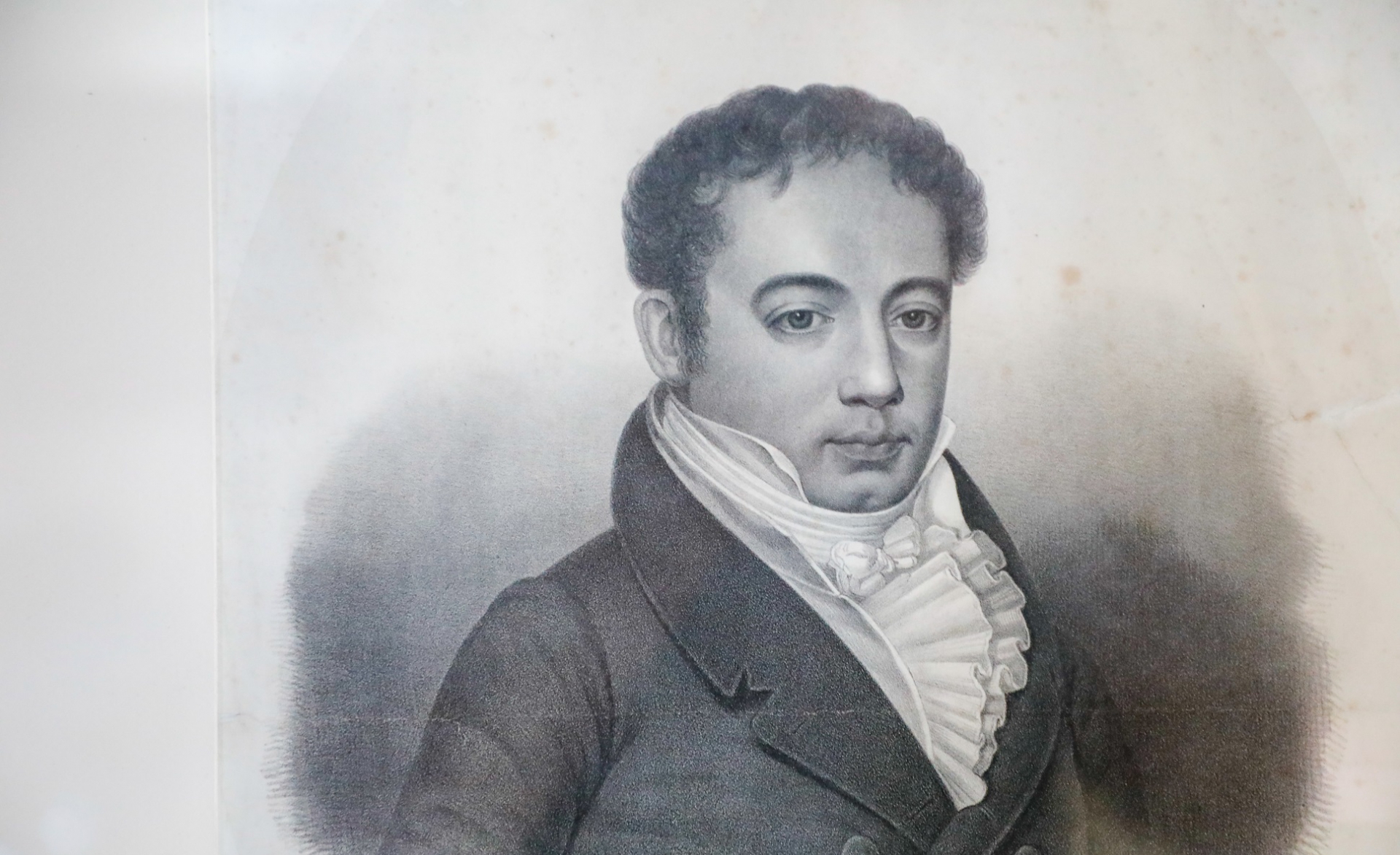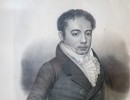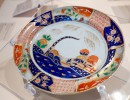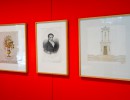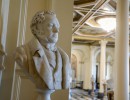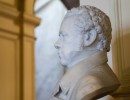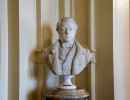On 7 February 1826, the Argentine Congress appointed Bernardino Rivadavia as president of the United Provinces of the Río de la Plata. His mandate lasted a little more than a year, until 27 June 1927, when he resigned, but it marked an absolute change in the way the political system was developed in the territory, and he is remembered to this day as the "First Argentine President".
Bernardino de la Trinidad González Rivadavia (1780-1845) was born on 20 May 1780 in Buenos Aires. From a wealthy family, he began his studies at the best school of the time, the San Carlos. In 1809 he married Juana del Pino y Balbastro, daughter of the former viceroy Joaquín del Pino.
Shortly after the May Revolution began, Rivadavia was part of the First Triumvirate. Inspired by liberal thinkers such as Jeremy Bentham and James Mill, Rivadavia sought to modernise the United Provinces of the Río de la Plata following the French political and English economic model, taking Buenos Aires as the axis of that process.
His beginnings in public life date back to 1821 when Governor Martín Rodríguez appointed him as Minister of Government. From there, Bernardino Rivadavia, a supporter of national organisation, undertook a series of reforms to ensure peace and a stable legal framework for the development of business. In three years he developed an intense activity with a view to changing the reality of the city and the province by introducing them into the modern world. As Minister of Government he sanctioned the Amnesty Law, abolished the Cabildo and founded the University of Buenos Aires where professors brought from abroad taught. He was also the first to contract foreign debt, asking for a loan of 1 million pounds from the English bank Baring Brothers, which would only be repaid in 1904.
On 16 December 1824, the General Congress began to function and its main objectives were to pass a National Constitution, a Presidential Law and a Capitalisation Law, but disputes between the Unitarians, basically represented by the province of Buenos Aires, and the Federals, delayed an agreement. Finally, on 6 February 1826, Congress passed the Presidential Law that allowed Bernardino Rivadavia to become Argentina's first president.
During his term of office, Rivadavia sent to Congress the draft Law of the Capital of the State, and on 4 March 1826 he succeeded in declaring the City of Buenos Aires and its surroundings the capital of the Republic, which was placed under the control of the president and Congress.
Rivadavia's political decisions provoked tensions, rejection and criticism from the federal caudillos, the landowners, the Church and the bourgeoisie living in Buenos Aires, who refused to lose power. Many rose up against him, while others chose to support him until the situation became untenable.
The enactment of the Argentine Constitution of 1826, which had a strong unitary content and was rejected by the provinces, and the failure to stop the expansion of the Brazilian Empire, led him to resign on 27 June 1827. "It is painful for me not to be able to explain to the world the reasons that justify my irrevocable resolution", the former president said.
In a climate of uncertainty, on 5 July 1827 the Congress elected the presidential successor Vicente López y Planes. After his resignation, Rivadavia retired from public life, leaving for France in 1829.
The first Argentine president died on 2 September 1845 in Cadiz. His remains were repatriated in 1857 and since 1932 have rested in a large mausoleum in his honour in Plaza Miserere.
Rivadavia in the Casa Rosada Museum
The Casa Rosada Museum has a collection of pieces by Bernardino Rivadavia, consisting of a porcelain tableware acquired by the former president during his trip to London to sign the "Treaty of Friendship, Commerce and Navigation" with Great Britain, between 1815 and 1820. This piece is a piece of Imari porcelain, named after the city of Imari, Japan.
The collection also includes an embroidered silk souvenir belonging to Bernardino Rivadavia, a gift from the students of the Colegio Huérfanas de Buenos Aires in 1828; a lithograph "Portrait of Bernardino Rivadavia" by Narciso Desmadryl made in 1857, which reproduces the image of the president; and a drawing in pencil, ink and watercolour entitled "Project of Bernardino Rivadavia's Mausoleum" painted by Juan León Pallière in 1867.
Finally, the presidential bust of Bernardino Rivadavia, made by the Argentine sculptor Lucio Correa Morales (1852-1923), is located in the Hall of Honour, also called the Gallery of Busts of the Casa Rosada, where the President of the Nation, ministers and special guests enter.
